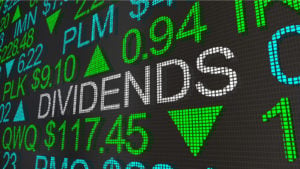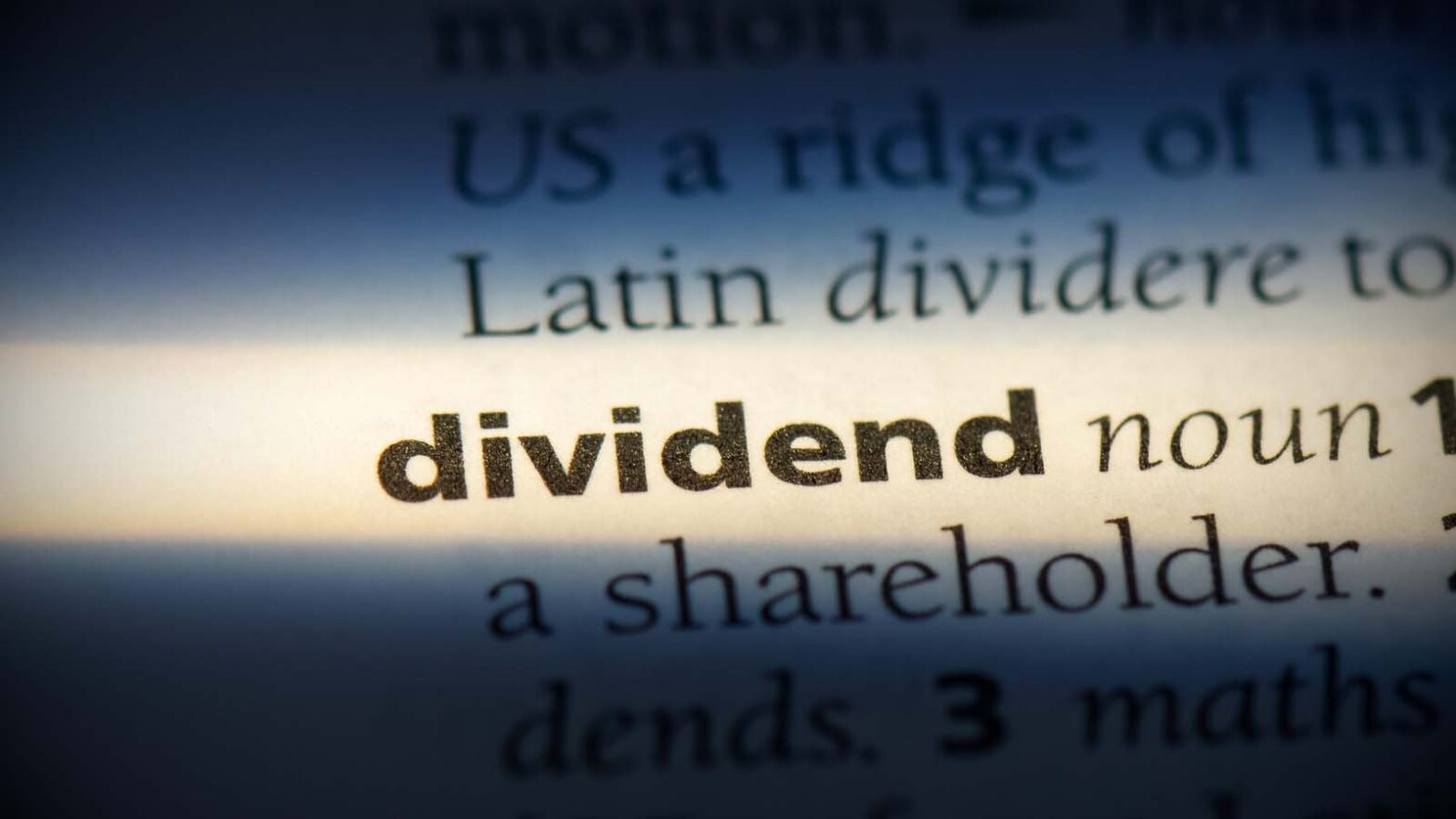In arguably a vast majority of cases, the concept of top safe high-yield dividend stocks represents an oxymoron. Stated differently, if you want robust passive income, you usually must concede your preferences for reliability and sustainability. On the flipside, if you’re targeting absolute safety, your passive income potential will almost necessarily diminish.
However, in a few rare cases, investors can have their cake and eat it too. Let’s face it – with thousands of stocks actively traded on the New York Stock Exchange and Nasdaq, it’s possible to find the occasional golden nugget. That is, investors can enjoy the best secure high-yield dividend stocks, accruing robust income while being able to sleep at night.
Of course, interested market participants will have to extend me some rope. It may be impossible to see 100% safe companies that also deliver double-digit yields. But if you’re flexible, these safe stocks with high dividends should be intriguing.
Taitron Components (TAIT)

Source: Dmitry Lobanov/Shutterstock.com
Headquartered in Valencia, California, Taitron Components (NASDAQ:TAIT) distributes a wide variety of transistors, diodes, and other discrete semiconductors, optoelectronic devices and passive components per its public profile. Further, Taiton distributes its products to electronic distributors, original equipment manufacturers and contract electronic manufacturers. Since the beginning of this year, TAIT gained 16% of equity value.
Financially, one of the company’s standout qualities centers on its balance sheet. Specifically, Taitron incurs zero debt, affording it excellent flexibility. Also, its equity-to-asset ratio clocks in at 0.93, ranked better than 98% of the competition. As well, its Altman Z-Score pings at 14.33, reflecting high fiscal stability and extremely low risk of bankruptcy. Further, the company’s three-year EBITDA growth rate impresses at 38.1%. Also, its trailing-year net margin is 21.53%, blowing past 94.56% of the field.
Regarding passive income, Taitron features a forward yield of 4.94%, making it a solid candidate for top safe high-yield dividend stocks. Notably, the technology sector’s average yield only comes out to 1.37%.
IBM (IBM)

Source: jittawit21/Shutterstock.com
Arguably an easy name for consideration for top safe high-yield dividend stocks, IBM (NYSE:IBM) offers both relevancy and the stability associated with an American business icon. A legacy stalwart in the broader tech ecosystem, IBM in recent years focused heavily on burgeoning sectors, such as cloud computing and artificial intelligence. However, it’s been a challenging year in 2023 so far, losing almost 9% of equity value.
Still, for reliable high-yield dividend stocks, IBM is difficult to ignore. To be sure, the company’s balance sheet stability is middling at best. Operationally, it’s struggling to overcome the headwinds imposed by the Covid-19 pandemic. Still, it’s a consistently profitable enterprise, helping to fuel its robust passive income.
As of this writing, Big Blue’s forward yield stands at 5.13%, again well above the tech sector average of 1.37%. Also, its payout ratio – while elevated at 66.53% – is within reason at 66.53%. More significantly, IBM commands 30 years of consecutive dividend increases. Simply put, management won’t want to give up on this status, making it one of the best secure high-yield dividend stocks.
CompX International (CIX)

Source: iQoncept/shutterstock.com
Based in Dallas, Texas, CompX International (NYSEAMERICAN:CIX) is a manufacturer of security products used in the recreational transportation, postal, office and institutional furniture, cabinetry, tool storage, healthcare and other industries. As well, the company offers security solutions for stainless steel exhaust systems, gauges and throttle controls for the recreational marine industry. Since the start of this year, CIX gained slightly over 2%.
Though a lesser-known enterprise among top safe high-yield dividend stocks, CompX could be intriguing for those seeking a balance of stability and high passive income. Notably, the company incurs zero debt, enabling maximum flexibility during an ambiguous time. Also, its equity-to-asset ratio comes in at 0.91, above 96.74% of the competition.
Operationally, CompX prints a three-year revenue growth rate of 10.6%, above 71% of the field. And its trailing-year net margin is 13.25%, ranked better than 82% of rivals. For the subject at hand, CompX carries a forward yield of 5.43%, handily beating out the industrial sector’s average yield of 2.36%. Therefore, it’s a great candidate for safe stocks with high dividends.
Epsilon Energy (EPSN)

Source: Shutterstock
Hailing from Houston, Texas, Epsilon Energy (NASDAQ:EPSN) is a North American onshore natural gas production and midstream company with a current focus on the Marcellus Shale of Pennsylvania and the Anadarko Basin in Oklahoma. Unfortunately, economic vagaries combined with geopolitical rumblings have pressured the hydrocarbon industry. Since the Jan. opener, EPSN dropped nearly 25% of equity value.
Still, EPSN may rank among the top safe high-yield dividend stocks because of overriding relevance. True, the electrification of mobility challenges hydrocarbon’s dominance. At the same time, the transition may take a long time. In the meantime, investors can benefit from Epsilon’s stout balance sheet, which features a healthy cash balance.
On the operational side, the energy specialist’s three-year revenue growth rate pings at 44.8%, smoking 91.79% of sector rivals. Also, its EBITDA growth rate over the same period impresses at 46.3%. For passive income, Epsilon posts a forward yield of 5.19%. Also, its payout ratio sits at 40.32%, facilitating confidence regarding sustainability. Thus, it might make a case for low-risk high-yield dividend stocks for patient investors.
Evolution Petroleum (EPM)

Source: Shutterstock
According to its public profile, Evolution Petroleum (NYSEAMERICAN:EPM) is an oil and gas company focused on delivering a sustainable dividend yield to its shareholders through the ownership, management, and development of producing oil and gas properties onshore in the U.S. Its long-term goal centers on building a diversified portfolio of hydrocarbon assets primarily through acquisition. Since the beginning of this year, EPM popped up nearly 15%.
Despite the high-flying performance, EPM may be one of the top safe high-yield dividend stocks thanks to its value proposition. Currently, the market prices shares at a trailing multiple of 5.41. As a discount to earnings, Evolution ranks better than 62% of companies listed in the oil and gas industry.
As well, the company benefits from a strong balance sheet. For instance, its cash-to-debt ratio pings at 93.81, outflanking 82.51% of its peers. Also, its Altman Z-Score clocks in at a very respectable 7.09. Moving onto passive income, Evolution carries a forward yield of 6%. Its payout ratio is also rather low at 45.71%. Therefore, it makes an intriguing case for reliable high yield dividend stocks.
Crown Crafts (CRWS)

Source: Shutterstock
An under-the-radar enterprise, Crown Crafts (NASDAQ:CRWS) doesn’t immediately ring as one of the top safe high-yield dividend stocks. And that’s really because of its market capitalization of only $52 million. Nevertheless, Crown presents a relevant business, designing, marketing and distributing infant, toddler and juvenile consumer products. However, it’s been an underperformer, losing more than 5% since the January opener.
Still, despite the risks, CRWS could make a case for best secure high-yield dividend stocks. Specifically, Crown benefits from a strong balance sheet, with a cash-to-debt ratio of 2.19. This stat beats out 66% of enterprises listed in the furnishings, fixtures and appliances industry. Also, its Altman Z-Score comes in at 5.27, reflecting low bankruptcy risk.
In addition, Crown’s three-year EBITDA growth rate is 15.5%, above 69.28% of its peers. And its consistently profitable, featuring a better-than-average net margin of 9.17%. Moving onto passive income, Crown carries a forward yield of 6.23%. Its payout ratio sits at 40.51%, presenting an argument for safe stocks with high dividends.
Medifast (MED)

Source: Shutterstock
Founded in 1981, Medifast (NYSE:MED) is the global company behind Optavia, a growing health and wellness community offering scientifically developed products, clinically proven plans and the support of coaches to achieve lifelong transformation. In 2020, Medifast was listed on Fortune 100’s list for fastest-growing companies. However, MED represents one of the more volatile names in the charts, losing nearly 30% of equity value.
Still, on a financial note, Medifast could be considered one of the top safe high-yield dividend stocks. Primarily, the company sports a strong balance sheet, particularly a cash-to-debt ratio of 5.08. This stat beats out over 78% of its peers. Moreover, its Altman Z-Score clocks in at 11.22, indicating extremely low bankruptcy risk. Operationally, its three-year revenue growth rate lands at 34%, beating out 96.87% of the competition. Plus, it’s a consistently profitable enterprise, leveraging a net margin of 9.27%.
Turning to passive income, Medifast carries a forward yield of 8.16%. To be fair, its payout ratio of 74.32% is on the elevated side. That said, its robust financial metrics could make it one of the best secure high-yield dividend stocks.
On the date of publication, Josh Enomoto did not have (either directly or indirectly) any positions in the securities mentioned in this article. The opinions expressed in this article are those of the writer, subject to the InvestorPlace.com Publishing Guidelines.















